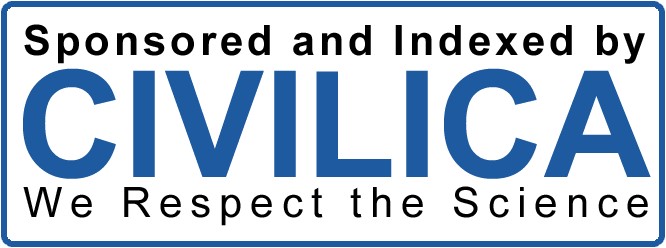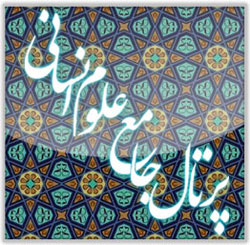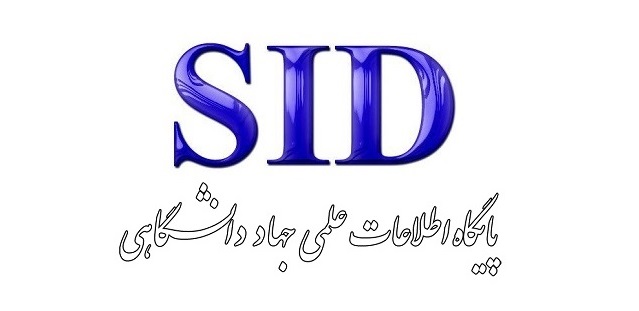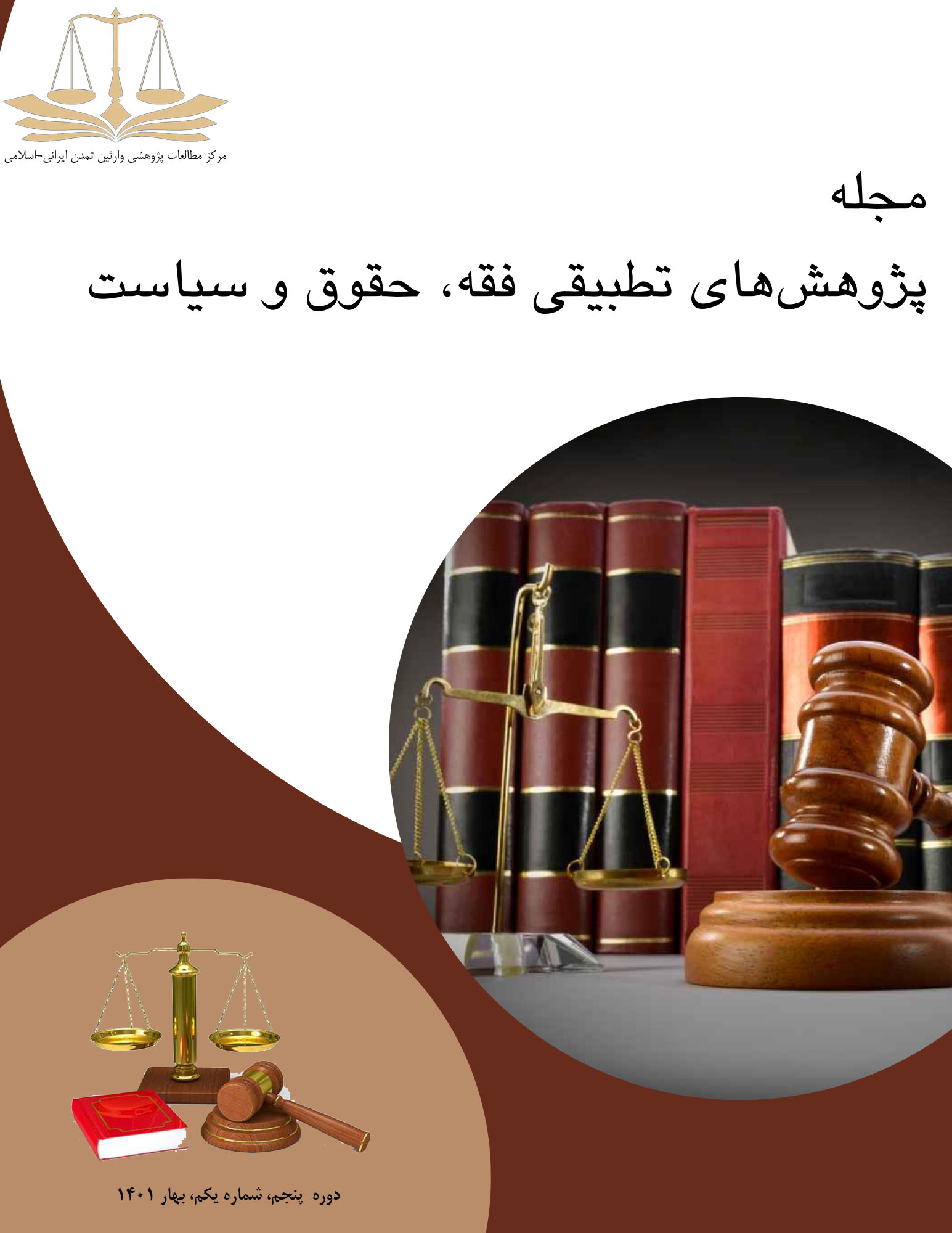The Impact of Delaying Sentencing on the Rehabilitation of Offenders and Crime Prevention
Keywords:
postponement, sentence, correction, deterrence, criminals, crimeAbstract
One of the primary objectives of criminal legislators and the judiciary is to prevent crime, rehabilitate offenders, and deter future offenses. The institution of delayed sentencing, as a tool for the rehabilitation of offenders and crime prevention, is one of the new provisions in the Islamic Penal Code passed in 2013. This paper aims to examine the impact of delaying sentencing on the rehabilitation of offenders and crime prevention. In this research, a descriptive-analytical method has been employed, where the various aspects and dimensions of the topic were analyzed through specific questions, and the information gathered from library and documentary studies was subsequently analyzed. The legislator's goal is to adopt a reformative approach in various areas of criminal law, particularly regarding the rules governing punishments, while protecting the interests of the offender and defending society against criminal behavior. The institution of delayed sentencing, recognized in light of the perspectives of criminologists and other legal scholars, is a novel provision borrowed from the French legal system, which had no legislative precedent in our country’s legal system until now. This institution, which is only applied to non-dangerous offenders (especially juveniles), is designed to avoid labeling these offenders as "criminals" and to assist in their rehabilitation and reintegration. The use of delayed sentencing in response to certain offenders, depending on the nature of the crime and the circumstances of its commission, can significantly prevent reoffending by those who are under the supervision of this institution.
Downloads
Published
Submitted
Revised
Accepted
Issue
Section
License
Copyright (c) 1401 عطاءالله هاشمیان (Author); عاطفه لرکجوری (Corresponding author); امیررضا محمودی, طیبه قدرتی سیاهمزگی (Author)

This work is licensed under a Creative Commons Attribution-NonCommercial-ShareAlike 4.0 International License.









